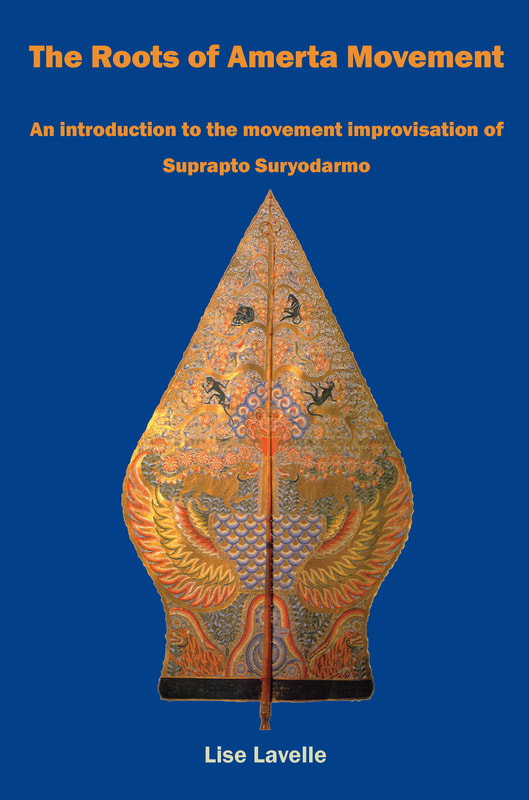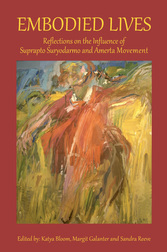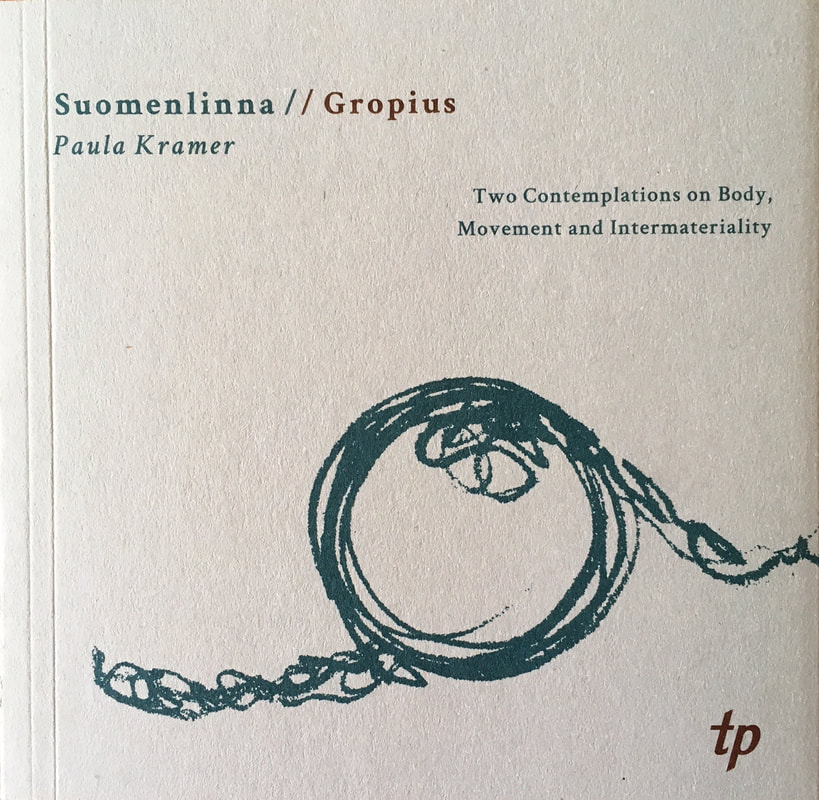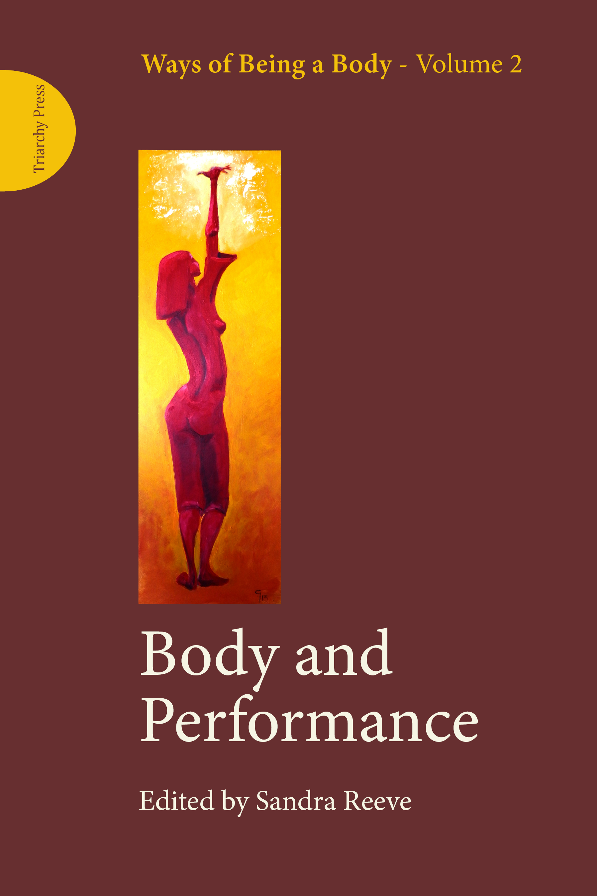|
Amerta Movement
Joged Amerta or Amerta Movement was developed by Suprapto Suryodarmo (Prapto), a Javanese movement artist who practised perceiving the world through movement rather than from stasis, or, as he initially described it in 1988, “from the Buddha walking, rather than from the Buddha sitting”. (For a series of recordings of Prapto talking, see Cosmos as the Garden.) Alongside Buddhist practice, the development of Amerta Movement was influenced by the practice of Sumarah, a traditional Javanese meditation practice of ‘letting go’ or surrender. Suryodarmo developed his approach to movement as a life-practice in dialogue with both of these traditions. Amerta is a Javanese word which Suryodarmo translated as the nectar or elixir of life. This practice is based on the basic movements of daily life: walking, sitting, standing, crawling and lying down and the transitions between them, beginning with the observation of children playing. It is also based on moving in many different contexts: natural environments, temples, the market-place, museums and galleries. Amerta Movement practitioners study movement:
Both as a psychophysical practice and as a cultural attitude, equal attention is given to the environment and to the body-in-movement. “In Javanese traditional thinking there is no sharp division between organic and inorganic matter, for everything is sustained by the same invisible power”. The changing environment and being-in-movement are manifestly interdependent in Suryodarmo’s view and students are guided to develop an awareness of how the changing moment is constantly re-creating itself and the influence of one’s position/transition in that flux. Further information See a more detailed description of Amerta Movement taken from the book Embodied Lives. The early period of Amerta Movement (1986-1997) is described in detail by Lise Lavelle in The Roots of Amerta Movement For a series of recordings of Prapto talking, see Cosmos as the Garden. Amerta Movement focuses on the body in movement in the environment. This approach has been developed in the Move into Life work of Sandra Reeve. (Sandra has written Nine Ways of Seeing a Body as a brief and lucid introduction to ways of thinking about the body from Descartes onwards, and edited Body and Performance and Body and Awareness, which address movement and somatic practice in relation to performance and to embodied awareness). Amerta Movement is studied and applied in Java and in Europe, Australasia and the Americas by dance and movement artists, musicians, psychotherapists, art/music/drama therapists, installation and other artists, filmmakers and teachers in particular. These applications are explored in depth by contributors to Embodied Lives. Paula Kramer's book Suomenlinna // Gropius and Nick Sales's Rock Songs are two outstanding examples of work by Amerta Movement practitioners. |
|








